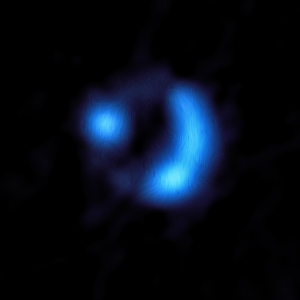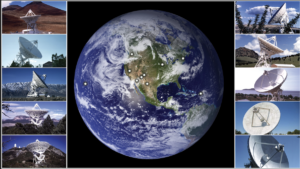Gravity can focus light like a lens, allowing astronomers to see distant galaxies and explore dark matter. Join our host Summer Ash of the National Radio Astronomy Observatory as she talks about how astronomers use gravitational lensing to study the universe.
The post The Baseline #17: Gravitational Lensing: Focusing On The Cosmos appeared first on National Radio Astronomy Observatory.














